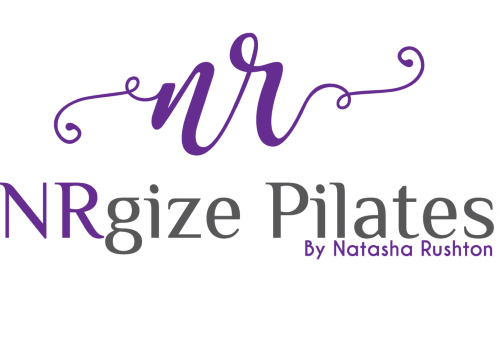Post Pregnancy Exercise
Doing the right kind of post-pregnancy exercises is extremely important not just for your body, but also for your mind.
There is no doubt about it, study after study shows that exercise is great for your body and your mind. However, after having a baby your body has undergone quite an upheaval. You will still have hormones rushing around in your body for up to six months after childbirth which may affect your joints, so avoiding high-impact exercise before this time is a good idea. If you suddenly go back to your normal post pregnancy exercises such as your gym routine straight after childbirth or too soon after, you risk getting injured particularly if you had a complicated childbirth or a c-section.
Mentally, you will want to get back to your pre-pregnancy state to make you feel good. But try to be patient, since putting too much pressure on yourself to get your fitness back, and look slim will only make you feel anxious.
Give yourself time to enjoy your baby and gently get back to exercise by doing a post-natal class, with a qualified instructor who knows the best post pregnancy exercises to do to avoid injury. Walking is also beneficial and a combining the two will help get your body back to its pre-pregnancy shape. Try not to feel pressured by the latest celebrity who is showing her toned abs after just having a baby, everyone's body is different and reality most mums do not go back to their pre-pregnancy shape straight away.
One of the common problems that some mums suffer with is diastasis recti. Doing the wrong exercises can sometimes make this worse.
Diastasis Recti is when the rectus abdominous muscles in your abdomen separate during child birth. Often the muscles will heal and knit back together, but sometimes they don’t.
How do I know if I have Diastasis Recti?
If your muscles haven’t knitted back together after around 3-6 months then it is likely you are suffering from it. Core exercises before pregnancy are thought to help lessen the chances of getting it.
However, don’t be alarmed if you think you may have it because it is not uncommon and can go back to normal, provided you do the right post pregnancy exercises and seek advice from your doctor.
Home Test for Diastasis Recti
To test whether you have Diastasis Recti, you can lie flat on your back and feel where your stomach muscles are. We all have connective tissue between our recti muscles, you will notice a gap between your stomach muscles. If the gap is more than 2 finger widths or 2.7cm then you have Diastasis Recti. A normal gap is between 1-2 finger widths.
If you do think you have Diastasis Recti, then please seek the advice of your doctor who can advise you accordingly.
It is, however vital that you avoid traditional ab exercises that load the abdominal wall such as the plank.
Pilates and Post Pregnancy Exercises
When you feel ready to get back to exercise, you should find a suitable specific post pregnancy class in your area. Pilates is particularly good for your body, post-pregnancy because not only does it put your body back into alignment, it can strengthen your back, strengthen your core muscles and teach you how to have a neutral pelvic alignment.
One of the common things that can happen after pregnancy is your body goes out of alignment. Carrying the weight of the baby, and uterus and growing breasts can have a negative impact on your posture and can give you an anterior pelvic tilt. This is when your hips are tilted forward. Having an anterior pelvic tilt can also mean that you suffer from lower back pain.
Have a look in the mirror and notice where your hips are, does your stomach gut forward and your bottom stick out?
Pilates practices putting the body back into alignment, by focusing on the neutral spinal alignment and also doing other exercises throughout the body to strengthen the back, and gently exercise the core.
The upper back can also suffer post-pregnancy, since you are bent over breast feeding or bottle feeding your baby, picking up your baby and changing nappies.
Pilates exercises can also strengthen those upper back muscles in your thoracic spine to help prevent rounded shoulders.
Pilates Can Help You Relax
Your body has gone through so much having a baby, you are probably suffering from sleep deprivation. You might be eating the wrong foods because of your lack of sleep, which is affecting your hormones and your hormones might not have gone back to normal, everything can make you feel exhausted.
Sweating it out at the gym or doing another intense exercise will only put more strain on your adrenals making you feel more stressed and anxious with the risk of getting injured.
Pilates helps to teach you the right kind of breathing to help you relax, connect with your body and makes you feel great without sweating it out at the gym.


